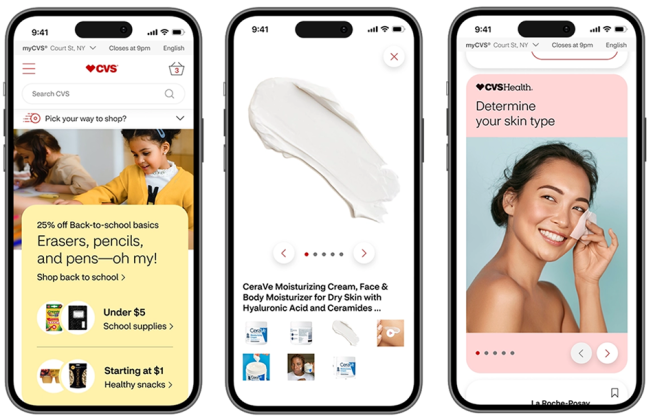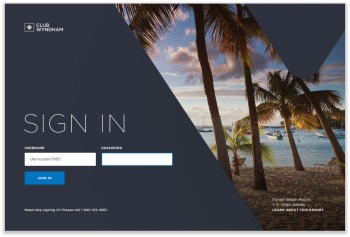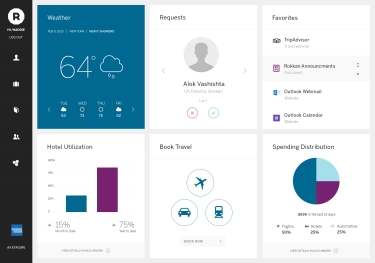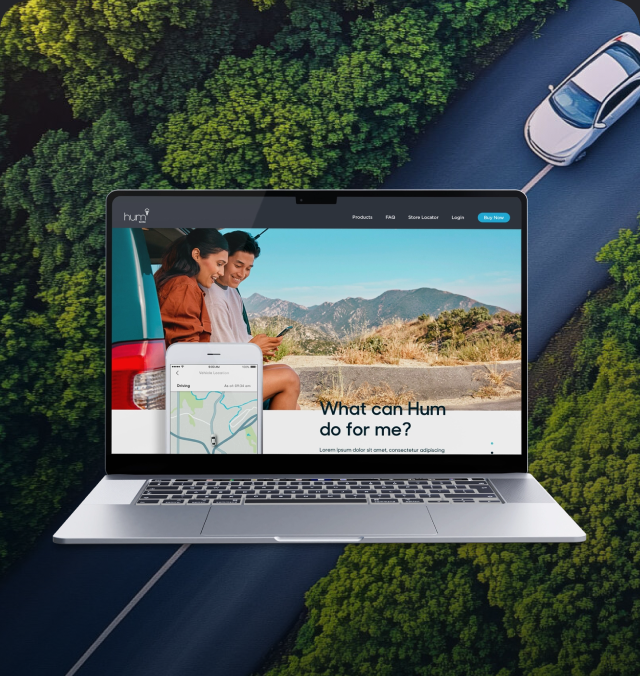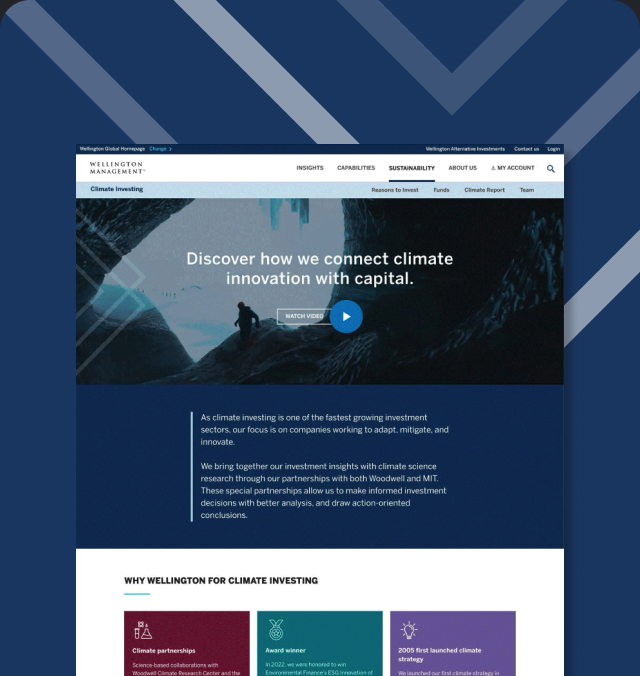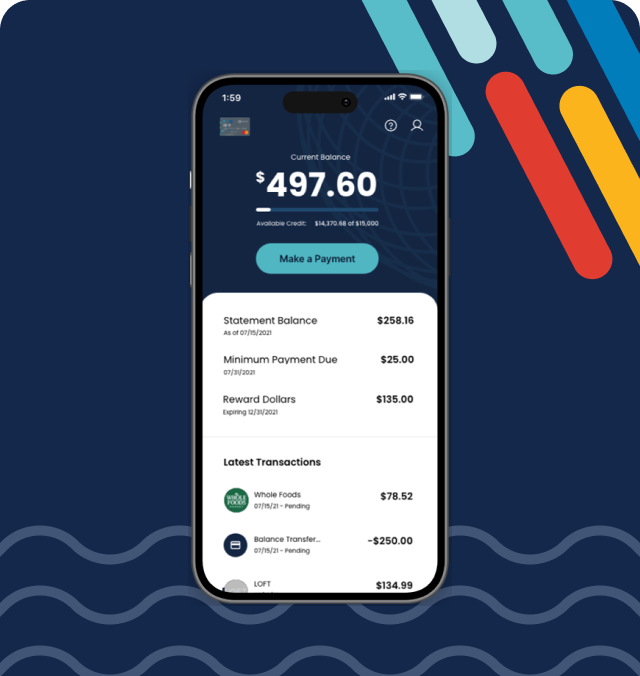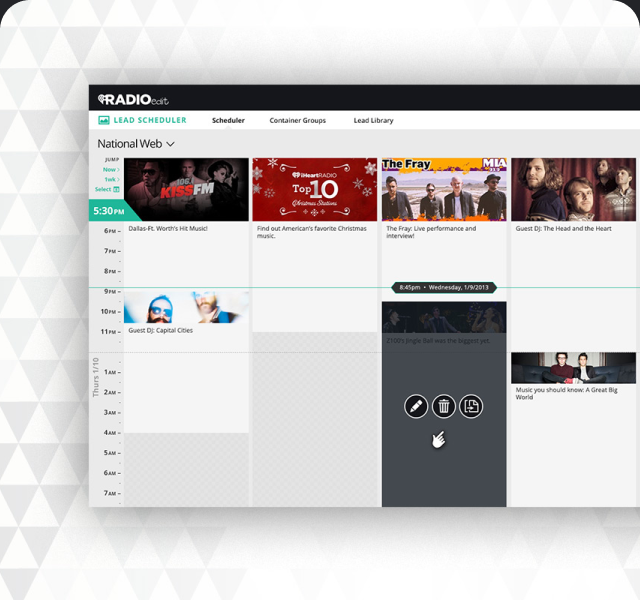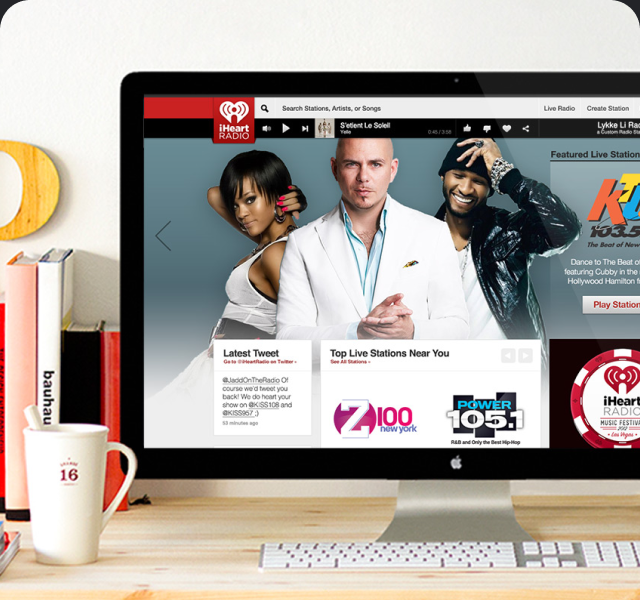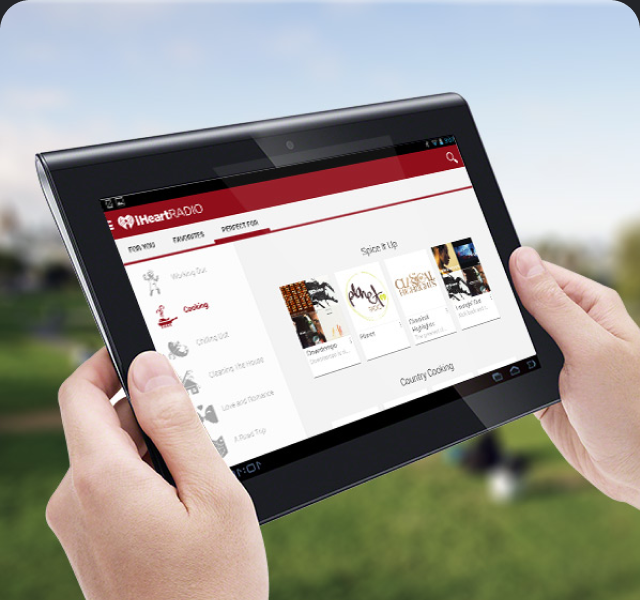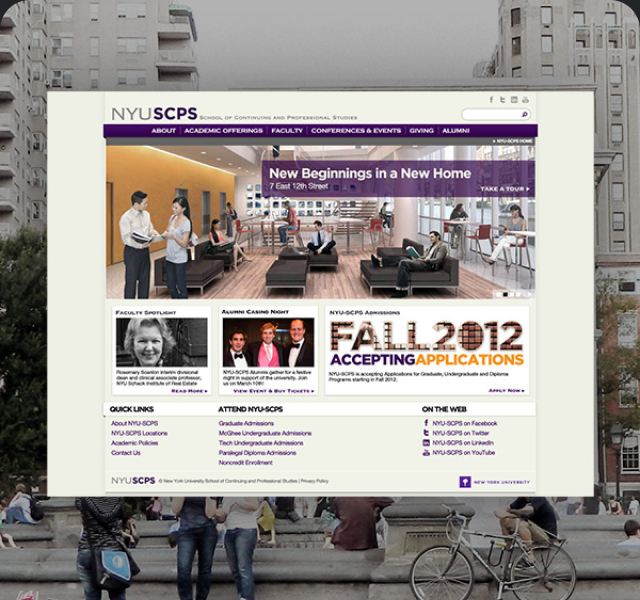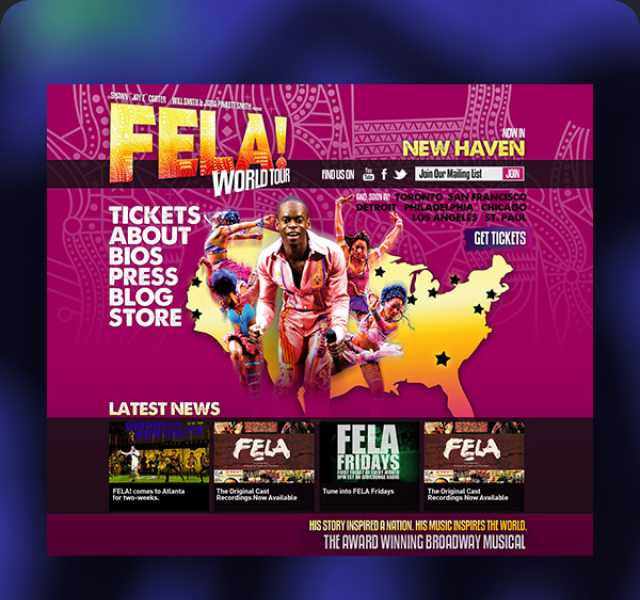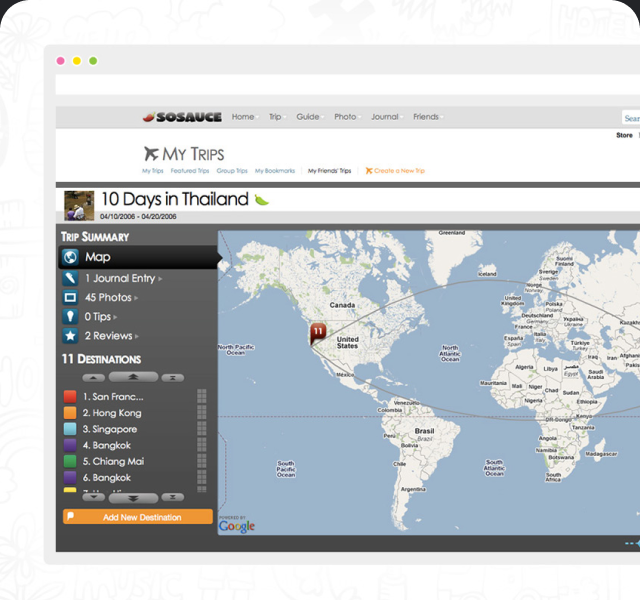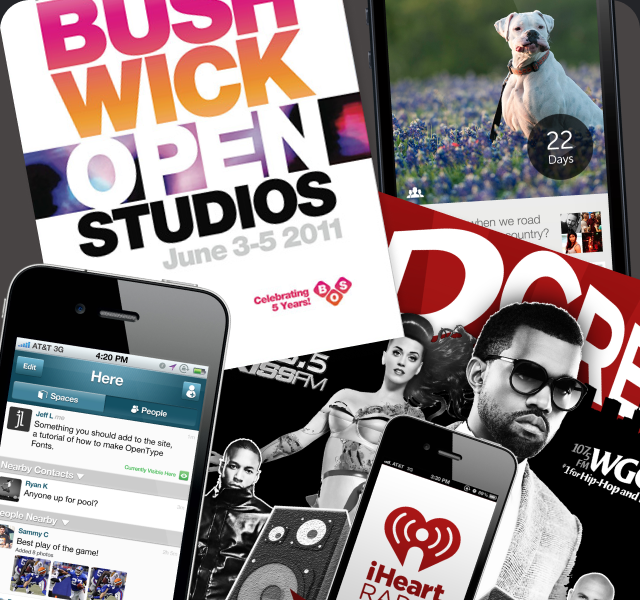Jeff Lagasca designs and architects experiences that unlock the power of people and brands.
Case Studies
Additional Case Studies
The Archives

Questions?
No project is too big or small for me, and I love a good challenge that presents tangible and intangible problems to solve.
Three types of projects excite me the most:
- One — big sweeping projects that require solutioning for end-users at multiple points across their journey.
- Two — projects that solve distinct problems and can immediately improve a user’s day or overall quality of life
- Three — projects that have great potential to bring a tangible sense of joy in the moment
I’ve had the privilege of working on some of the most exciting projects during my time at agency, AND, with some of the most talented creatives, developers and managers.
Digital agencies move quickly, leadership needs to be exceptionally agile as you might be juggling any combination of craft/design, research, mentorship, client demands and relationships, agency needs, cross-disciplinary team member demands and relationships, travel… on any given day.
The fast pace means you’re also working with some of the smartest and most imaginative creatives in your career (and yes, this includes dev/IT, product, account and production).
It’s easy to be inspired by their desire to continually push and expand possibilities. BUT, the boundaries of that desire go well beyond “agency-world”.
I am aware there may be some hesitations from in-house teams to invite agency talent in, and I would certainly welcome discussion around that subject:
- Assumption: “Agency creatives move from project to project and don’t shepherd their work through the complete product/project lifecycle.”
- While this can be the case, and I have certainly had projects that were short-to-medium-term, I’ve had longer tenures with long-term clients/projects than previous full-time in-house roles I’ve had, in some cases up to three and four years.
- Beyond initial product launches, I and my teams contributed as full-fledged in-house talent, working with: Dev/IT to ensure feasibility, QA/UAT to ensure quality, Data/Analytics to measure performance and to iterate improvement
- Assumption: “Agency creatives are always looking for excitement and get bored with potentially slower progress on in-house teams.”
- Not this creative. While yes, I can hang and have consistently experienced success in fast-paced work environments, for me the real reward of product and UX work is knowing that you are potentially improving end-user’s quality of life and work. You can’t witness and be responsible for that without long-term dedication and collaboration that craft the experiences you deliver and cultivate to end-users.
- Another great reward is building strong relationships with colleagues across projects. At each of the agencies I’ve worked at, my teams were consistent across the years, we built trusted and lasting relationships, even if it was across multiple clients and projects.
Yes! If you would like to me to share any work examples that might better address your creative needs, please do not hesitate to get in touch.
I’ve been a product and UX designer since 2006, and have work from many industries: Travel & hospitality, technology, finance, telecommunications, CPG, real estate & development, automotive, transportation, pharma and health.
I also have work that impacts users well beyond screen use including digitally connected ecosystems; long-term conversion, retention and loyalty user journeys; biometrics; A.I.; environmental design.
Note that some of my proudest work I am not able to show or share as I am under strict long-term NDAs.
I find that UX as a practice has impacts across the entirety of a product or project lifespan.
While wires are a critical artefact within the process, final creative is always reflective of the UX foundation those designs are built upon; this also incorporates additional inputs from UX to arrive at the final experience.
Of course! I’d be happy to give a more thorough walk through of everything you see above, and more. Please reach out to me to start the conversation.
Both actually. If you’re interested in seeing if I’d be a good fit for a project, a contract or a long-term creative home, I’d welcome a meet-and-greet.

